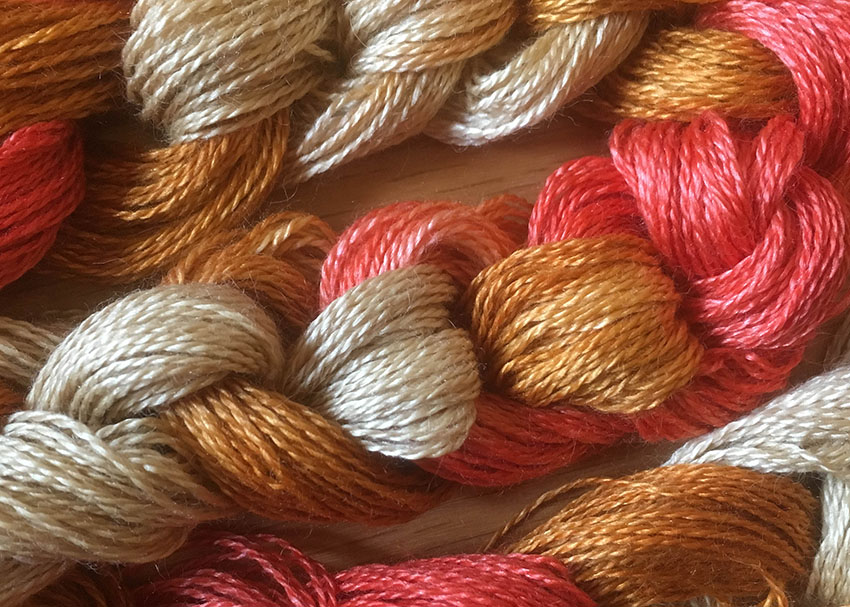This post is part of our 2018 Make It Green series, for the Green Crafts Initiative that champions and promotes environmentally sustainable craft practices. In this series by Craft Scotland and Creative Carbon Scotland, you will hear inspiring maker’s stories as well as useful advice on how you can contribute to a greener craft sector.
We’re pleased to feature makers on our Craft Directory who are working towards a more sustainable practice. In this interview, you will hear from a maker who is part of the Green Craft’s Initiative (GCI), a project we partnered with Creative Carbon Scotland to promote and celebrate craft makers with environmentally sustainable practices.
Cally Booker is a handweaver and textile designer, whose practice combines meticulously planned and improvisational approaches to weaving. Cally’s work draws inspiration from Dundee, a city that embraces its unique features, particularly the quirky architecture and scenic waterfront. In her practice, Cally is committed to the use of sustainable dyes and processes to produce her masterfully woven pieces.
Q: Hi Cally! Can you tell us a bit more about your practice?
Above all, I’m a handweaver. Everything I do in my creative practice, from drawing to dyeing, ultimately leads back to the loom. I have a studio in WASPS in Dundee where I weave and teach. Teaching is really important to me, as I want to share the experience of weaving that I love and also to help increase our collective respect for textiles.
Q: Why is sustainability important to you as a maker?
I am appalled by the damage we do to the environment and to each other. The textile industry is one of the worst offenders, but because so much is done overseas we don’t necessarily see the environmental costs of our clothes here in Scotland. I aspire to make the opposite of ‘fast fashion’: items that are created slowly and meant to be cherished.
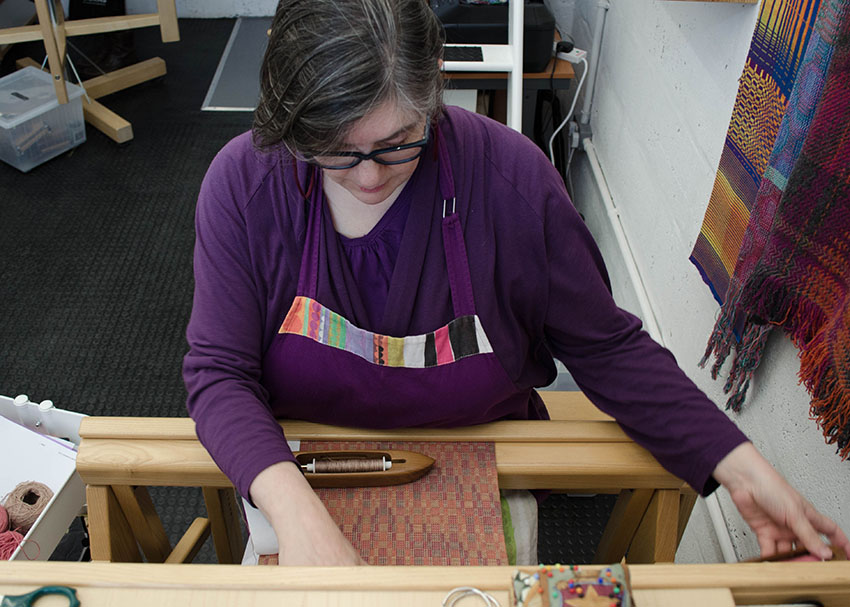
Q: We’re fascinated by your ecological methods of working with dye, could you tell us more about the process?
This is a recent development for me and I am still learning, so I am very grateful for innovators and educators such as Michel Garcia and Jenny Dean to learn from! We often make the mistake of taking ‘natural’ to mean ‘wholesome’ but some conventional natural dye processes can be quite toxic. Using plant dyes with plant-based mordants means that any waste that is left is entirely compostable, and some plant dyes themselves can be derived from waste products, such as onion skins. Buying natural materials is also a positive way to support small businesses locally and in developing countries, through sustainability initiatives such as the Plant Mordant Project.
Q: The colours in your work are so vibrant, has it taken a lot of experimentation to achieve your palette using natural dyes?
That suggests a much more systematic approach than I can take credit for! I am lucky in that I happen to prefer the kind of warm palette that is readily obtained from natural dyes, so I can be reasonably confident I will like what I get. Using appropriate methods for each type of dyestuff means the colours turn out strong and clear. Some will mellow gently over time, but good care of the finished piece will help to maintain its colour.
Q: You talk about working between pre-planned and more intuitive methods of weaving, does this apply to your use of dyes as well?
Definitely. I enjoy planning – which for me is basically a combination of dreaming and lists – but then when I am actually making things, I get caught up in the ‘what ifs’ and try things on impulse. I have learned that I need to build that capacity for improvisation into my plans from the start or risk being too bored to finish them.
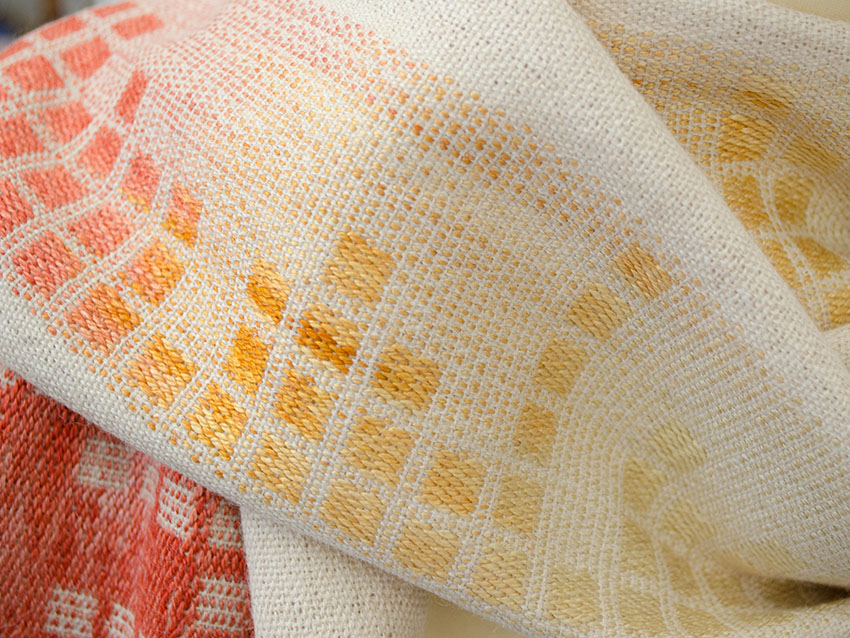
Q: Do you have to make a conscious effort to ensure sustainability, or is this a natural part of your process as a maker?
The motivation to work sustainably comes very naturally to me, but there are so many aspects of sustainability to consider that it does take quite a lot of effort to achieve a workable balance. There are the very immediate issues – how much heat and water am I using? How am I going to dispose of any waste? Then there are the more complex issues of the supply chain. For example, should I choose a GOTS certified yarn from further away or an uncertified yarn that is produced closer to home? I am still working on it and I always will be.
Q: Do you have any advice or tips for textile makers who are considering working in a more environmentally sustainable way?
It can feel a bit intimidating when taken all together, so my advice is to focus on one thing at a time. What one step could you take to reduce waste, for instance? I created a range of scarves specifically to use up leftover scraps of yarn, which was full of improvisational fun as well as an efficient use of that resource. You might decide to learn a new process or adapt something you do already. But don’t be discouraged that you can’t achieve everything at once and decide to do nothing. Start with a small step – find an online resource, an experienced teacher, a helpful and informative supplier – and make the change you feel most strongly about.
Interested in joining the Green Craft's Initiative? Join today.
This interview has been lightly edited and condensed for clarity.
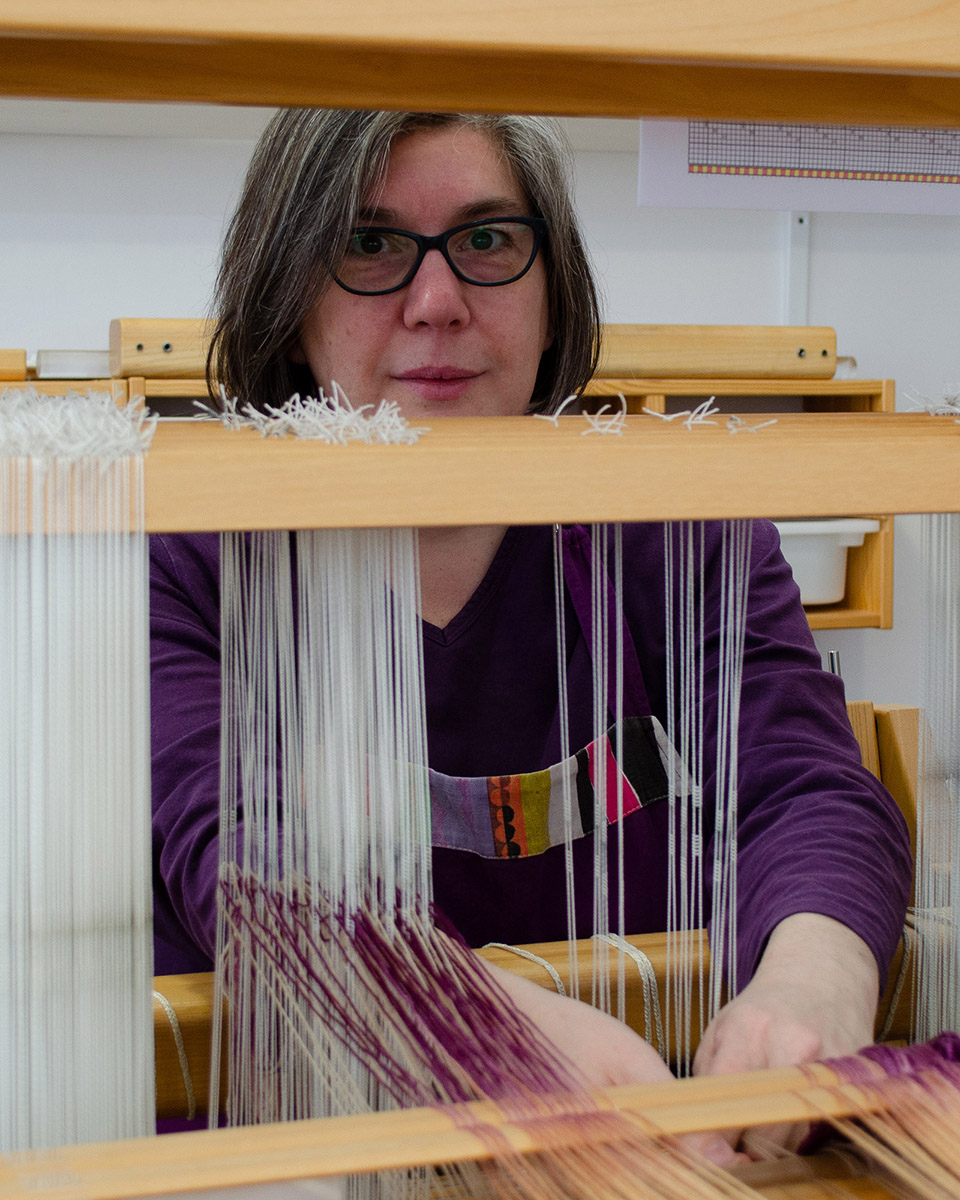
Cally Booker
Read More
-
Full details→
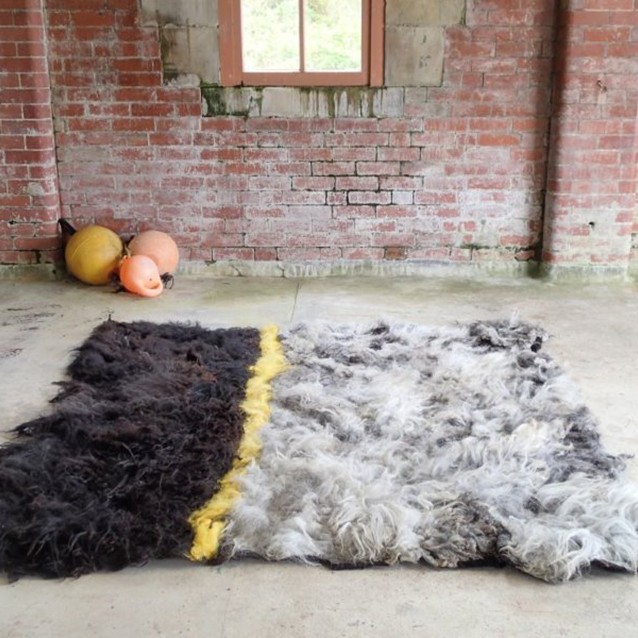
Make It Green Sustainable textile making with Pieter van der Werf
We've been talking to textile maker Pieter van der Werf about his environmentally responsible studio practice as part of our Make it Green series.
14 Mar 2018
-
Full details→
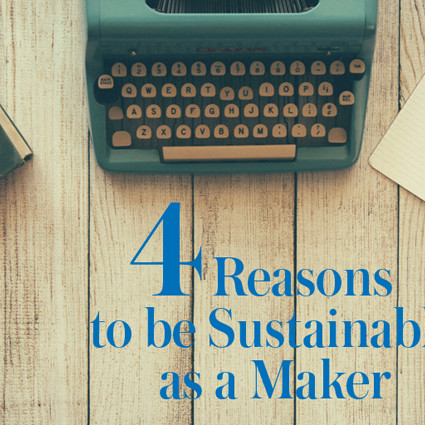
Make It Green 4 Reasons To Consider Sustainability As A Maker
Nature benefits, and so does your business. Our Make It Green series outlines all the benefits of embracing sustainability.
21 Aug 2016
-
Full details→
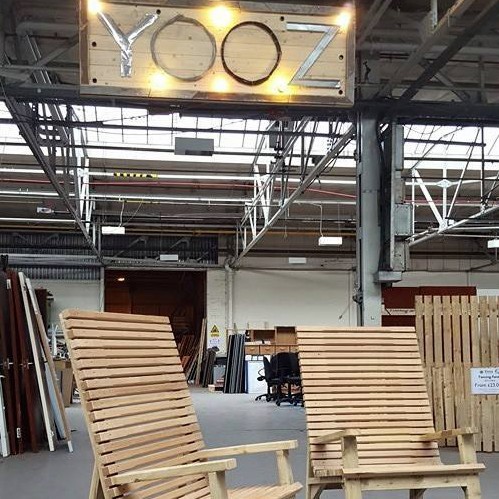
Make It Green Don't Dump It, Recycle It!
Once you have sourced sustainable materials and turned them into wonderful craft pieces, what do you do with the leftover bits and bobs?
26 Jul 2016
-
Full details→
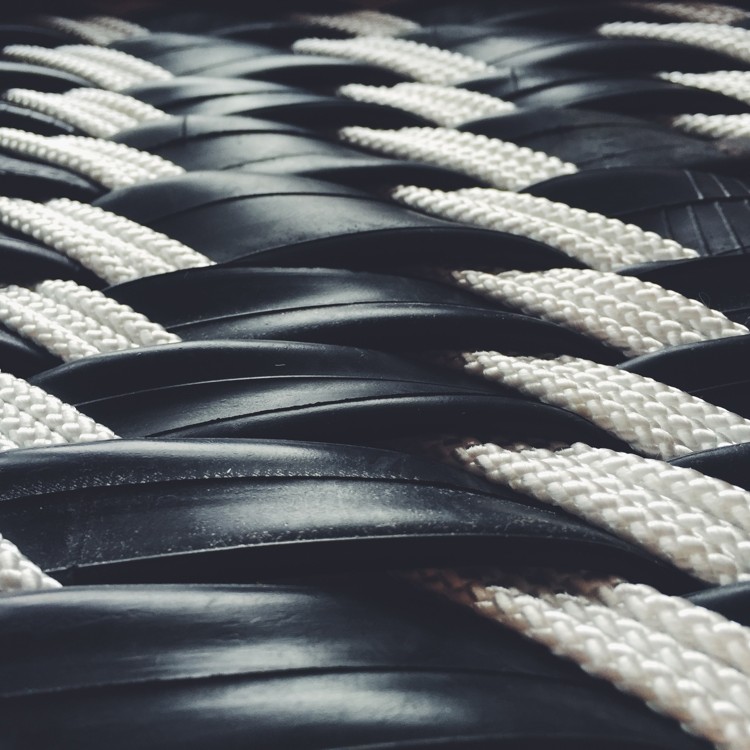
Make It Green A Creative Response to the Environmental Crisis
Being authentically green is good for you, the earth and builds fans. Hear Andy Stirling Robertson's thoughts on going against the grain and wholeheartedly embracing green making.
28 Jun 2016
-
Full details→
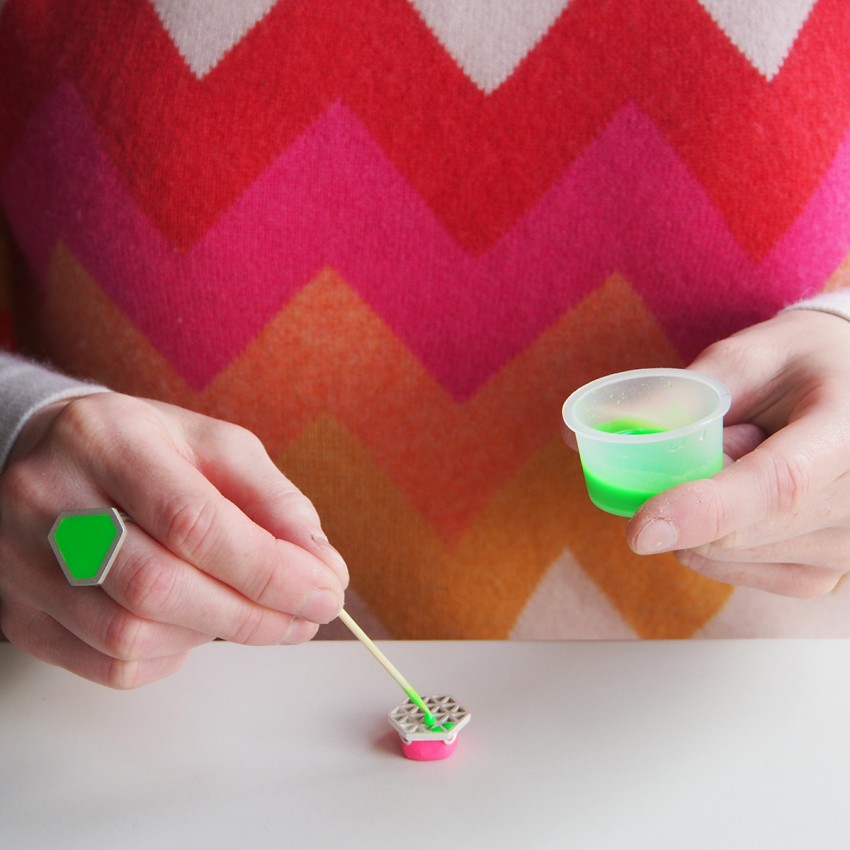
Make It Green Going Green as a Jeweller
Silver, Gold and now Green! Our Make It Green series brings you Ruth Hollywood's story of applying green thinking to her jewellery practice.
14 Jun 2016
-
Full details→
![Sustainable textile making with Pieter van der Werf]()
Make It Green Sustainable textile making with Pieter van der Werf
We've been talking to textile maker Pieter van der Werf about his environmentally responsible studio practice as part of our Make it Green series.
14 Mar 2018
-
Full details→
![4 Reasons To Consider Sustainability As A Maker]()
Make It Green 4 Reasons To Consider Sustainability As A Maker
Nature benefits, and so does your business. Our Make It Green series outlines all the benefits of embracing sustainability.
21 Aug 2016
-
Full details→
![Don't Dump It, Recycle It!]()
Make It Green Don't Dump It, Recycle It!
Once you have sourced sustainable materials and turned them into wonderful craft pieces, what do you do with the leftover bits and bobs?
26 Jul 2016
-
Full details→
![A Creative Response to the Environmental Crisis]()
Make It Green A Creative Response to the Environmental Crisis
Being authentically green is good for you, the earth and builds fans. Hear Andy Stirling Robertson's thoughts on going against the grain and wholeheartedly embracing green making.
28 Jun 2016
-
Full details→
![Going Green as a Jeweller]()
Make It Green Going Green as a Jeweller
Silver, Gold and now Green! Our Make It Green series brings you Ruth Hollywood's story of applying green thinking to her jewellery practice.
14 Jun 2016
